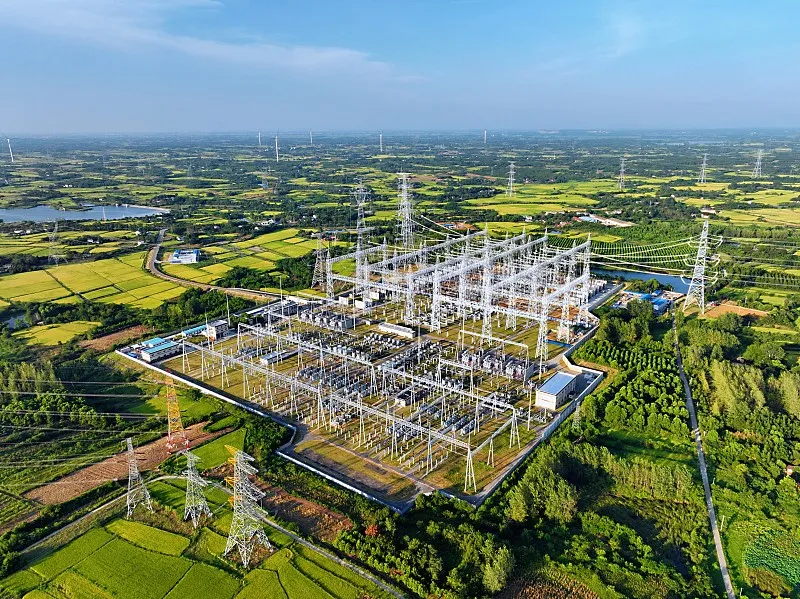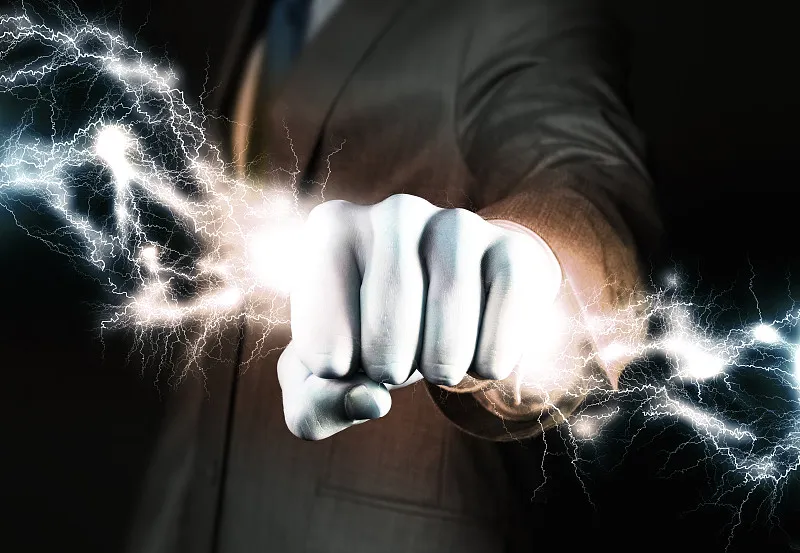How Can You Maximize the Lifespan of Your Gas Room Heater?
Daily Use and Efficiency Habits
Setting Optimal Temperature Levels for Longevity
Using a gas room heater efficiently starts with setting appropriate temperature levels. Running a gas room heater at maximum output consistently can lead to premature wear on critical components, especially the burners and thermostats. By keeping the thermostat within a moderate range, ideally between 18–22°C for comfort and efficiency, the system avoids the stress of frequent high-intensity cycles. Allowing the heater to maintain a stable, moderate temperature also improves combustion consistency, reducing residue and improving heat exchange. Smart thermostats or programmable timers help in automatically regulating temperature, turning the heater off when the room is adequately warm. This not only conserves fuel but also minimizes operational strain. Reducing constant manual adjustments further contributes to smoother operations and longer-lasting performance, allowing your gas room heater to function without overexertion.
Avoiding Overuse and Ensuring Proper Ventilation
Continuous or improper use of a gas room heater can diminish its lifespan and impact indoor air quality. It’s important not to run the heater continuously for extended hours, especially in enclosed rooms without proper ventilation. Periodically turning off the heater when not needed reduces total runtime, limiting internal component fatigue and heat stress. Ensuring the room has adequate airflow helps the heater burn fuel efficiently, reducing the buildup of soot and carbon monoxide. Stale air can interfere with combustion and cause corrosion or damage to the internal mechanisms. Opening a window slightly or using a ventilation fan while the heater is in use can dramatically improve air circulation. These practices not only promote safety but also protect the internal burner assembly and extend the lifespan of the gas room heater.
Routine Maintenance Practices
Cleaning Burners and Internal Components Regularly
Dirt, dust, and carbon deposits accumulate over time in any gas room heater, which can compromise both safety and functionality. Routine cleaning is essential for keeping burners and internal pathways clear of obstructions. A clogged burner can lead to poor flame quality, incomplete combustion, and inefficient heat output. Depending on usage frequency, components like the burner ports, ignition pilot, and air filters should be cleaned at least every two to three months. You can use a soft brush or vacuum cleaner to dislodge buildup around vents and airways. When cleaning, always ensure the gas supply is shut off, and components have cooled to avoid hazards. This attention to detail enhances performance and allows the heater to work with less energy while preventing gradual damage caused by dirt accumulation. Neglecting cleaning can shorten the gas room heater’s life by overworking internal parts due to reduced airflow and poor combustion.
Checking Gas Lines and Safety Connections
Ensuring the integrity of gas lines and related fittings is another crucial step in preserving the longevity of your gas room heater. Flexible gas hoses and hard pipe connections should be checked for signs of cracking, rust, or leaks. You can apply a soap-and-water solution to the fittings and look for bubbles that signal a leak. All connections should be snug, but not overtightened, to prevent stress on joints. Checking that the shutoff valve operates smoothly and seals completely adds another layer of safety and reliability. Leaky or faulty connections not only reduce heating efficiency but also increase the risk of fire or carbon monoxide exposure. Scheduling a professional inspection annually ensures that these critical components are evaluated and serviced with the appropriate tools and knowledge. Preventive action on the gas delivery system reduces strain on the heater and promotes long-term durability.

Strategic Upgrades and Enhancements
Using Compatible Accessories and Upgrades
Choosing the right accessories for your gas room heater can enhance both its performance and operational lifespan. Heat reflectors and deflectors, for example, help distribute warmth more evenly, reducing the time the unit needs to stay on. Upgrading to energy-efficient ceramic or catalytic burners can also reduce gas usage and lower internal temperature stress. When selecting upgrades, it’s important to ensure compatibility with your specific model, as poorly fitting accessories can create airflow blockages or interfere with combustion dynamics. Enhanced control knobs or digital thermostat panels can make operation easier while offering better temperature precision. Manufacturers may also offer optional add-ons like oxygen depletion sensors or carbon monoxide alarms, which improve safety and may reduce wear from overuse or mismanagement. Investing in high-quality, compatible accessories ensures the gas room heater functions optimally under varying conditions, helping prevent premature mechanical or structural degradation.
Replacing Worn-Out Parts Proactively
Rather than waiting for performance to decline, replacing worn components early can prevent cascading failures that shorten the overall heater life. Over time, parts like thermocouples, igniters, and gas regulators can degrade due to exposure to high heat and repeated use. These components may still function, but their reduced accuracy or efficiency can increase the workload on other systems. For instance, a weakening thermocouple might cause ignition problems that require multiple startup attempts, stressing the ignition system. Proactive part replacement ensures each section of the heater performs optimally and doesn't overcompensate for another failing part. Always consult the manufacturer's service manual to select OEM-certified parts that maintain safety standards and structural integrity. By replacing parts as part of routine maintenance rather than after a breakdown, users can extend the functionality and reliability of their gas room heater substantially.
Environmental and Safety Considerations
Monitoring Air Quality and Emissions
Proper maintenance of a gas room heater plays a vital role in protecting indoor air quality. Incomplete combustion, often the result of dirty burners or poor ventilation, can produce hazardous gases like carbon monoxide and nitrogen dioxide. These emissions not only pose health risks but can also corrode internal components over time. Installing a carbon monoxide detector in any room using a gas room heater provides an essential safety measure. Periodically inspecting and cleaning exhaust vents and chimneys also ensures that combustion gases are safely expelled. Keeping filters clean and checking for soot buildup allows for cleaner burns and improved thermal output. Monitoring for a steady, blue flame is another good practice, as yellow or orange flames suggest suboptimal fuel-to-air ratios. Adhering to these guidelines helps maintain a safe living environment while reducing environmental impact and prolonging the gas room heater’s useful life.
Storing and Operating the Heater Seasonally
Storing your gas room heater properly during off-seasons and restarting it correctly in colder months are key to maximizing its lifespan. Before storage, ensure the gas supply is shut off, the unit is cleaned thoroughly, and components such as burners and grates are dry to prevent rust. Covering the heater with a dustproof, breathable material protects it from debris without trapping moisture. At the beginning of each heating season, conduct a full inspection, including checking for spider webs, dust buildup, or potential pest damage that may have occurred during storage. Starting the heater after a season of inactivity should include a trial run to observe ignition, flame quality, and any unusual smells or sounds. Seasonal care routines protect the gas room heater from environmental exposure and ensure it starts the season in top working condition. These simple yet consistent habits contribute significantly to long-term performance and reliability.
FAQ
How often should I service my gas room heater?
It is recommended to have your gas room heater professionally serviced at least once a year. Annual inspections help identify wear, blockages, or gas leaks early, ensuring the unit operates safely and efficiently throughout the heating season.
What are signs that my gas room heater needs repair?
Common signs include irregular flame color, weak or no heat output, unusual noises during operation, or the smell of gas. If you experience any of these, discontinue use and consult a qualified technician immediately.
Can I use my gas room heater overnight?
While some modern gas room heaters come with safety features like oxygen depletion sensors and automatic shut-off, it is generally not advisable to leave them running overnight without supervision to avoid any risk of carbon monoxide buildup or overheating.
Is it safe to clean my gas room heater by myself?
You can safely clean exterior parts and vents using a soft brush or cloth, and gently vacuum dust from accessible areas. However, internal components, gas lines, and burners should only be cleaned by licensed professionals to avoid damaging the unit or compromising safety.







